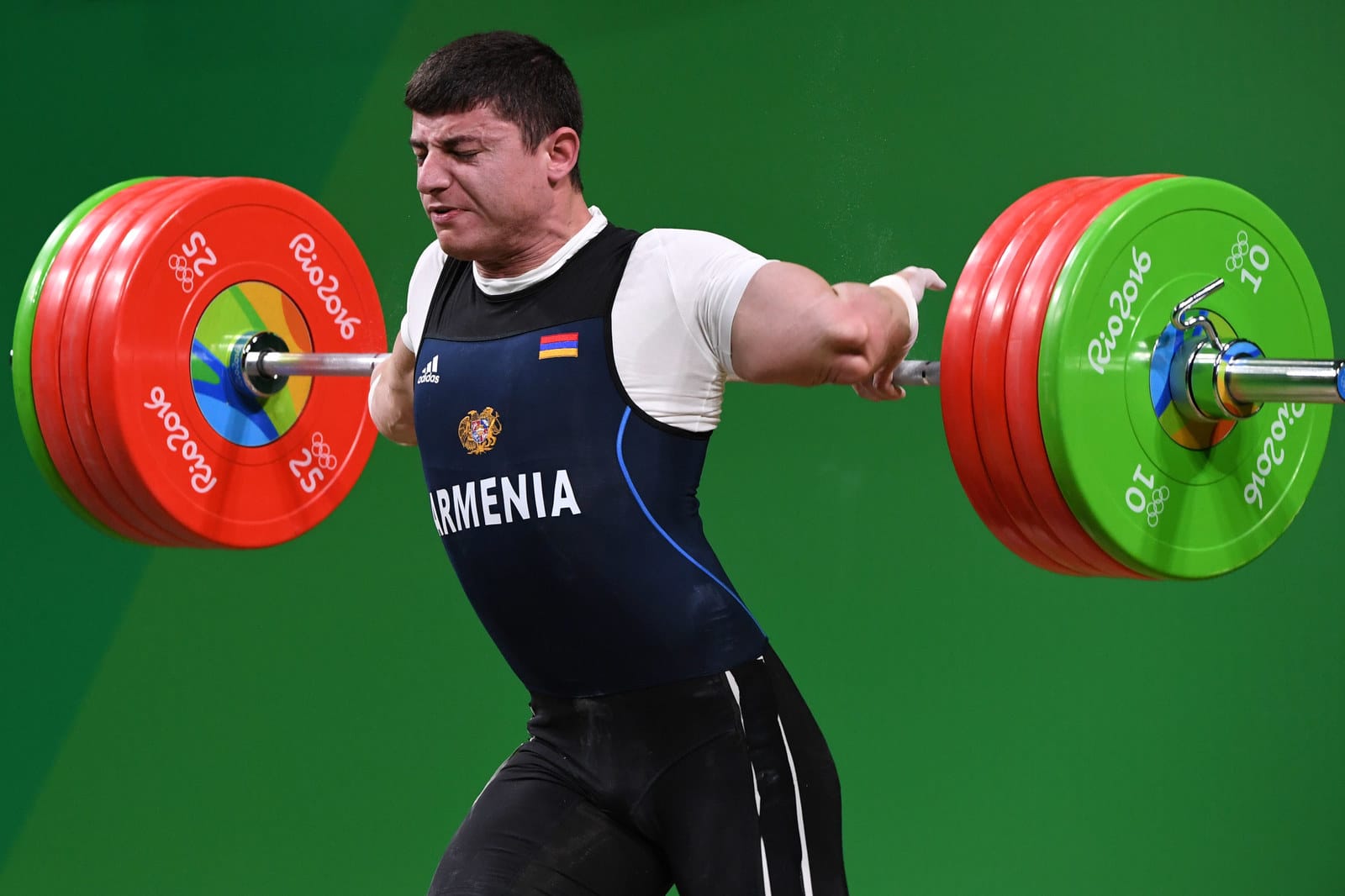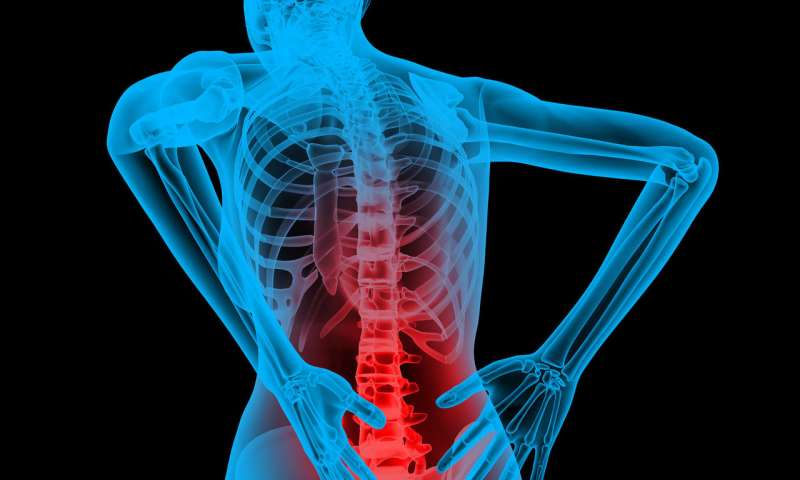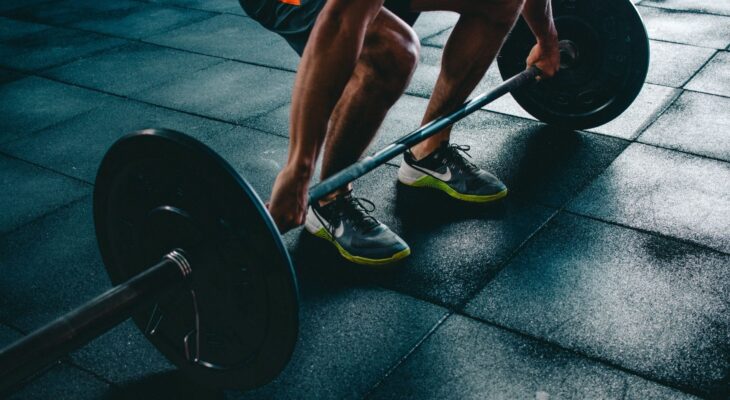Getting injured during a workout is no fun. The pain can be unbearable, and you may have to take time off your workout routine to let it heal. However, you shouldn’t completely give up on all of your weight lifting practices while recovering. You can use several strategies to speed recovery.
How To Speed Up Recovery From Weight Lifting Injury: Getting injured during a workout is no fun. You may have to take time off your workout routine to let it heal. You shouldn’t completely give up on all of your weight lifting practices while recovering. You can use several strategies to speed recovery.

Summary
show
Causes of Weight Lifting Injuries
Types of Weight Lifting Injuries
Prevention of Weight Lifting Injuries
First Aid for Weight Lifting Injuries
What to do Immediately After Sustaining a Weight lifting Injury
Exercises to Speed Up Recovery From a Weight lifting Injury
When to See a Doctor for Treatment of a Weight lifting Injury
Conclusion
Causes of Weight Lifting Injuries
Exercise can have tremendous health benefits, but if you don’t know what you are doing, you could risk suffering a severe injury. Lifting weights is one of the best forms of exercise to keep your body strong and flexible, but often, people take shortcuts or do not listen to their bodies when starting a new workout plan and injuries occur. To speed up recovery from a weight lifting injury, make sure you master each exercise before moving on to the next ones and listen to your body.
Types of Weight Lifting Injuries
Weightlifting injuries can be classified into three types: acute, overuse, and traumatic. Acute injuries are caused by a sudden event, such as a fall or collision. Overuse injuries are the result of repetitive motions, such as lifting weights. Persistent injuries typically develop over time, such as arthritis.
Prevention of Weight Lifting Injuries
Weightlifting injuries can be prevented by following a few simple precautions. First, always use a weightlifting belt when lifting heavyweights. Second, lift slowly and steadily, never jerking or bouncing the weights. Third, make sure the weights are correctly balanced.
First Aid for Weight Lifting Injuries
If you are lifting weights and you experience pain, stop immediately. Apply ice to the area for fifteen minutes. Take ibuprofen if you are in pain. If the pain is still there after three days, see a doctor. 4. Apply vinegar to the skin by covering it with a cloth soaked in vinegar and then wrapping it with a gauze bandage.
Leave it on for twenty minutes. Then wash off the area with warm water and soap. Continue doing this several times a day until the burns heal.
What to do Immediately After Sustaining a Weight lifting Injury
If you have injured yourself while weightlifting, the first thing you should do is stop lifting weights. Next, ice the injury for fifteen minutes every two hours. After icing, elevate the wound above your heart.
The thing you should keep on your Mind
- What are the most common Weight lifting injuries?
- What are the symptoms of a weight lifting injury?
- How do I know if I have a weight lifting injury?
- What should I do if I think I have a weight lifting injury?
- How do I prevent weight lifting injuries?
- What is the treatment for a weight lifting injury?
- When can I return to weight lifting after an injury?
Exercises to Speed Up Recovery From a Weight lifting Injury
If you are injured, you can do exercises to speed up your recovery. These exercises will help keep the muscles in the area toned and firm so that you can get back to your routine as soon as possible.
When to See a Doctor for Treatment of a Weight lifting Injury
If you are experiencing pain or discomfort when weightlifting, it is essential to seek medical attention. Minor injuries can often be treated with over-the-counter medications, but more severe injuries may require surgery or physical therapy.
Conclusion
Weightlifting injuries can occur when a person lifts weights that are too heavy. These injuries can include muscle strains, joint sprains, and ligament tears. To help prevent these injuries, it is vital to use the correct weightlifting techniques and to warm up properly before lifting weights.














